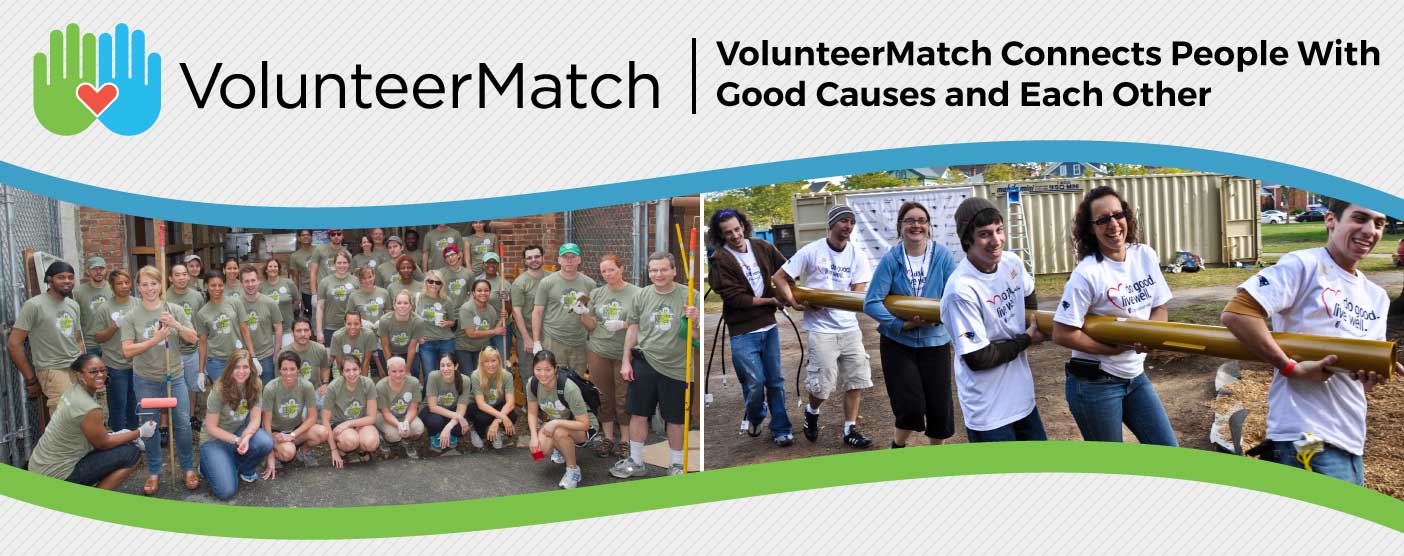How to Balance Volunteering with a Busy Schedule
-
 Mark Dinn
Mark Dinn - 17 Oct, 2022

Finding the time to volunteer when your schedule is already packed can feel like trying to fit a square peg into a round hole. It’s a common struggle, and if you’re like me, your days are a whirlwind of meetings, deadlines, and personal commitments. But fear not! Balancing volunteering with a busy schedule isn’t just a pipe dream; it’s entirely achievable with a few smart strategies and a bit of creativity.
Prioritize and Plan
The first step to balancing volunteering with a busy schedule is to prioritize. Look at your calendar and identify where you can carve out time for volunteer work. It might be as simple as dedicating an hour on a weekend or setting aside time during your lunch break. For instance, I’ve found that volunteering at local food banks, like the ones run by Feeding America, works well for me because they offer flexible hours and need support during off-peak times.
Integrate Volunteering into Your Routine
One of the easiest ways to volunteer despite a busy schedule is to integrate it into your routine. If you already have a weekly routine, find a way to incorporate volunteering into it. For example, I’ve started using my grocery shopping trips as an opportunity to donate. Stores like Whole Foods often have bins for non-perishable food donations near the checkout. It’s a small effort that doesn’t add extra time to my schedule but makes a big difference.
Use Your Skills Creatively
Consider leveraging your existing skills to volunteer in a way that fits your schedule. For instance, if you’re a graphic designer, offer to create promotional materials for a local charity. This way, you’re volunteering in a way that aligns with your professional expertise, making it easier to find time. I once designed flyers for a local animal shelter, which only required a few hours of work from home and allowed me to contribute meaningfully without disrupting my daily routine.
Embrace Micro-Volunteering
Micro-volunteering is a fantastic option for those with limited time. This involves doing small, manageable tasks that require minimal commitment. Websites like VolunteerMatch and the Points of Light’s micro-volunteering platform offer various opportunities that fit into even the busiest schedules. Whether it’s signing petitions, sharing social media posts for causes you care about, or participating in brief online surveys for research, micro-volunteering can be a great way to give back without a significant time investment.

Set Realistic Goals
It’s important to set realistic goals for your volunteer work. Overcommitting can lead to burnout and affect both your volunteering experience and your personal life. Start with small, achievable goals and gradually increase your involvement as you find your balance. For example, if you’re interested in mentoring but can only spare an hour a month, that’s a valuable contribution. Organizations like Big Brothers Big Sisters often appreciate any amount of time you can offer and can work with your schedule.
Combine Volunteering with Family Time
If you have family commitments, consider involving your family in your volunteer efforts. This way, you can spend quality time together while contributing to a good cause. For example, volunteering at community clean-up events or participating in charity runs as a family can be a fun and rewarding experience.
My family and I regularly volunteer at local parks through programs organized by the National Park Service, and it’s a great way to bond while giving back to the community.
Make Use of Technology
Technology can be a powerful ally in managing your volunteer work. From scheduling apps to virtual volunteer opportunities, there are many tools available to help you balance your commitments. For instance, platforms like Zoom have made it easier to participate in virtual meetings and events, allowing you to contribute to causes without needing to travel. I’ve joined several virtual fundraisers and planning meetings for nonprofits, which has been incredibly convenient and fitting for my tight schedule.
Be Flexible and Adapt
Sometimes, despite your best efforts, things don’t go as planned. In these cases, it’s important to remain flexible and adapt to changes. If you find yourself swamped with work and unable to fulfill a volunteer commitment, communicate with the organization and see if there’s a way to adjust your involvement. Most organizations understand that life happens and appreciate any effort you can make. I’ve had to adjust my volunteering schedule with local community centers, and they were always accommodating and understanding.
Reflect and Reassess Regularly
Balancing volunteering with a busy schedule is an ongoing process. Periodically reflect on your commitments and assess whether they are still manageable. If you find that your schedule has become too overwhelming, it might be time to reassess and adjust your volunteering activities accordingly. Regular reflection helps ensure that your volunteer work remains a positive and fulfilling part of your life rather than an added stressor.
Seek Support from Your Network
Don’t underestimate the power of your personal and professional network. Sometimes, finding a volunteer opportunity or adjusting your schedule can be easier with support from others. Share your volunteering goals with friends, family, and colleagues, and see if they have suggestions or opportunities that might fit your schedule. For example, I connected with a colleague who volunteers at a local animal rescue, and we ended up coordinating our efforts to help out on weekends, which worked well for both of us.
Balancing volunteering with a busy schedule requires a mix of planning, creativity, and flexibility. By integrating volunteering into your routine, leveraging your skills, and using technology, you can make a meaningful impact without overwhelming yourself. Remember, every small effort counts, and finding a balance that works for you will make your volunteer experience both rewarding and sustainable.


